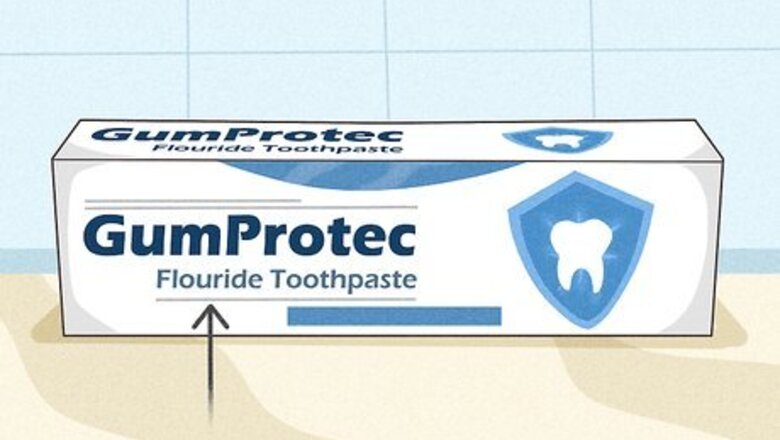
views
What kinds of ingredients should I look for in a toothpaste?

Dr. Tu Anh Vu: This is actually super simple! Any toothpaste with fluoride in it is probably going to be good. Fluoride won’t fix any cavities you already have, but it will help prevent future cavities and keep your teeth looking clean. Just choose one with a taste you like. Most people can use pretty much any fluoride toothpaste, but I’ve had patients that were allergic to the preservatives in certain toothpastes. If you feel like you’re having any sort of bad reaction to a particular toothpaste, try something different.
Additional ResearchIf you’re ever unsure, just check the ingredients list -- if a toothpaste contains fluoride, it will be listed there! In the U.S., you can also check toothpaste labels for the American Dental Association’s seal of acceptance, which only appears on toothpastes that contain fluoride, don’t contain anything that could cause tooth decay, and are scientifically proven to be safe and effective.
What if I have sensitive teeth?
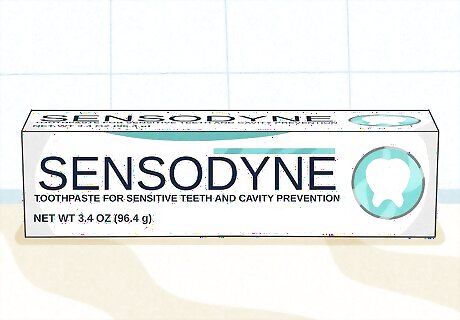
Dr. Tu Anh Vu: I'd recommend a fluoride toothpaste designed for sensitive teeth. Sensodyne and Pronamel are both good options that a lot of my patients use. Keep in mind, too, that your teeth may get more sensitive as you age. If you’re noticing that your teeth are bothering you after brushing with your regular toothpaste, it might be time to switch.
Additional ResearchIt usually takes a little time for these toothpastes to work, so if your teeth still feel sensitive after the first day or so, don’t give up! Keep trying for a few more days, and if your teeth continue to bother you, give your dentist a call -- there may be other treatments that could work for you.
What about toothbrushes? Should I buy electric or manual?
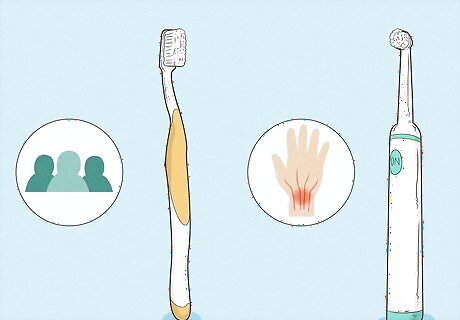
Dr. Tu Anh Vu: For most people, either will work! There’s nothing wrong with using a regular toothbrush. Electric toothbrushes are definitely more efficient, and they’ll make brushing easier, but a regular brush will work just fine as long your brushing technique is solid. If you’re not super thorough when you brush, you might want to try an electric version. You may also want to buy an electric toothbrush if you have a joint condition, like arthritis, or if you’re getting a brush for a young child who may not have the hand-eye coordination to brush correctly. The difference between a manual toothbrush and an electric brush is kind of like the difference between sweeping your floor with a broom and vacuuming, if that makes sense. A broom may leave some dust behind as you sweep, while a vacuum will suck everything up. They’ll both clean a mess up, but you may need to clean a little more thoroughly if you’re sweeping the floor.
Additional ResearchIf you’re ever stuck without any sort of toothbrush, all is not lost! You can wrap a damp paper towel or rag (with a dollop of toothpaste, if you have it) around your finger and clean your teeth that way. It’s probably not the best technique to use long-term, but it will do in a pinch.
What about the bristles? Should I go with soft, medium, or hard?

Dr. Tu Anh Vu: Stick to soft or extra soft bristles! Harder bristles can be more abrasive, so I always tell my patients to buy softer brushes that will be more gentle on the enamel.
Additional ResearchAt least one study has shown that as long as they’re soft, the specific arrangement of the bristles doesn’t matter much. Don’t feel like you need to spend more money on a toothbrush with a fancy design.
Once I've got the right supplies, how long do I need to brush for?
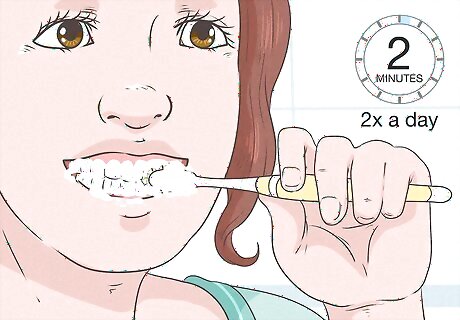
Dr. Tu Anh Vu: You really should brush your teeth for at least 2 minutes twice a day. I’ve had a lot of patients that only brush for 30 seconds or so, and I always tell them they need to brush longer. If you just can’t get into the habit of brushing your teeth for a longer period of time, look into a higher-end electric toothbrush. Some Oral B and Sonicare models have a built-in timer where it will shut off automatically once you’ve brushed for 2 minutes. This is a great option if you just want to make things easy!
Additional ResearchFor the cleanest and healthiest teeth and gums, don’t forget to add flossing to your routine! At least once a day, follow up your 2 minutes of tooth brushing with careful flossing. Some studies have suggested that brushing alone isn’t as effective as brushing and flossing together.











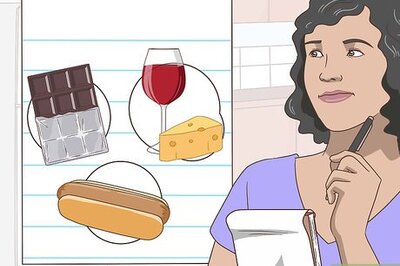




Comments
0 comment